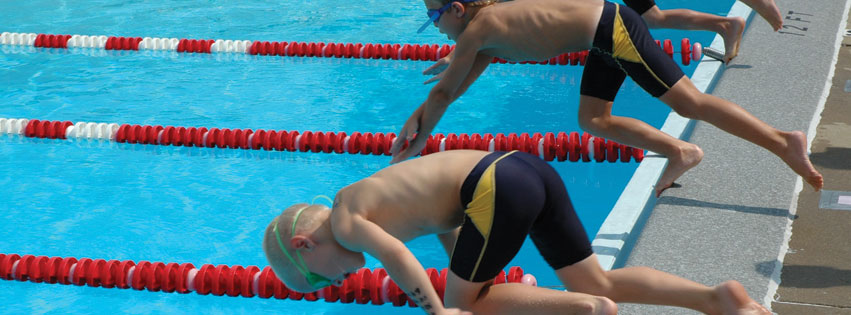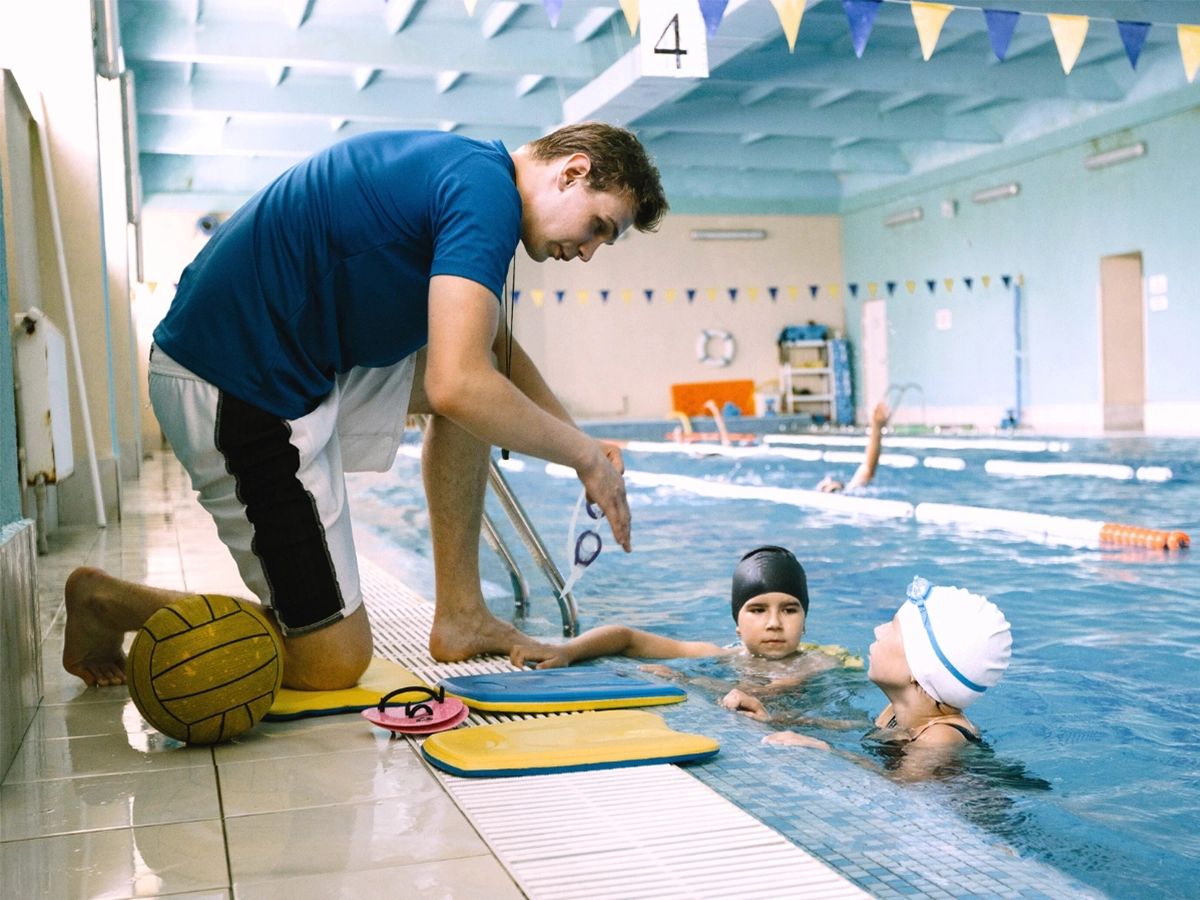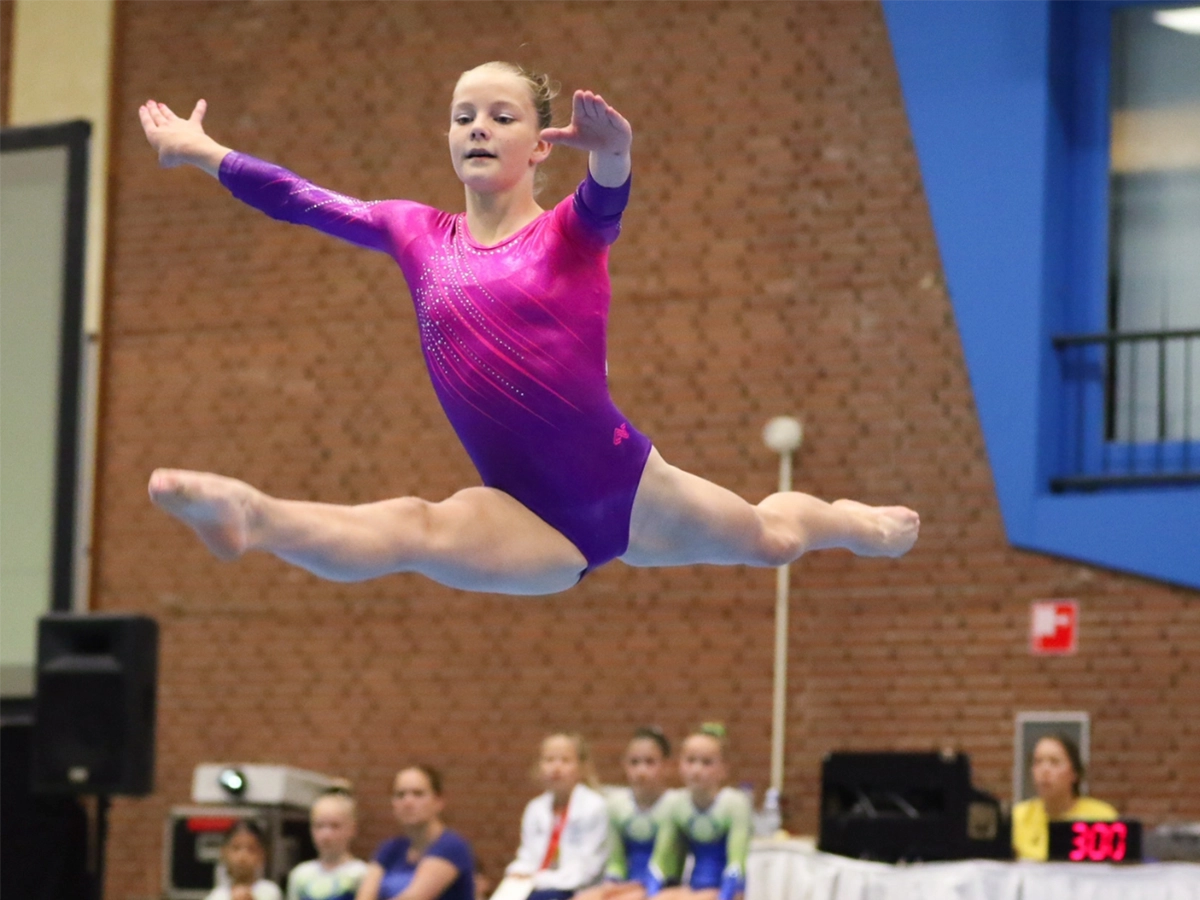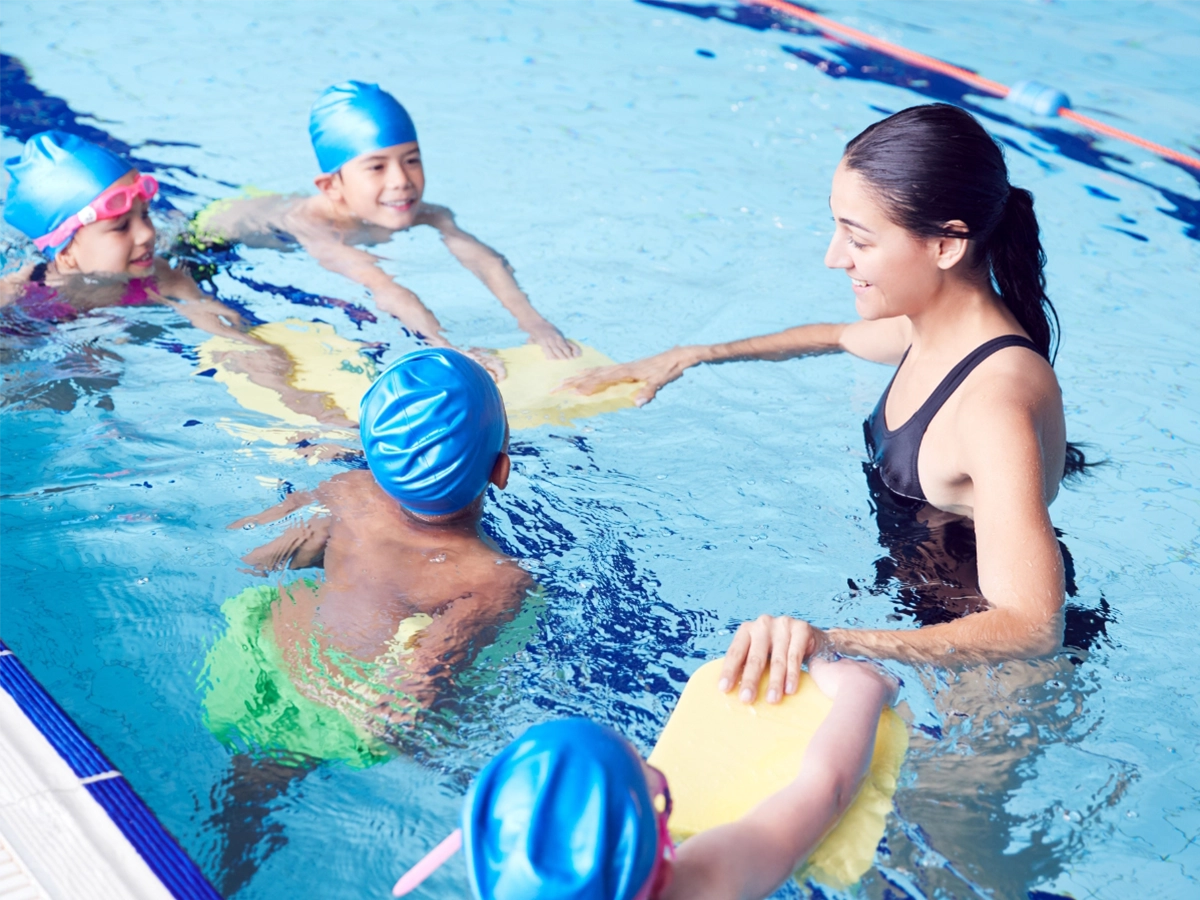Swimming is a healthy activity that’s accessible to nearly everyone, regardless of fitness level. The health benefits of swimming are well-documented. While swimming is certainly a net benefit to one’s health, any physical activity brings with it the risk of physical injury. Swimming is no different.
Here are the four most common swimming injuries:
1. Swimmer’s shoulder
Swimmer’s shoulder actually covers a range of pains and injuries that can occur to a swimmer’s shoulder. The shoulder is the joint that takes the biggest beating from swimming, so overuse, misuse, or accidental overextensions do happen. Freestyle is swimming’s most common stroke and puts quite a lot of wear and tear on the rotator cuff.
Swimmer’s shoulder can show up as pain when rotating the arms in the shoulder, pain in the biceps, or instability in the shoulder. Shoulder instability occurs when it feels like the shoulder ball isn’t sitting naturally in the socket. This can occur because the tendons and muscles that support the shoulder are inflamed or weakened.
Good technique is the best way to prevent swimmer’s shoulder. Pay close attention to how you coach your students and watch for any signs of discomfort. Be alert to when their arms and shoulders start to fatigue from too many drills or laps. Help students avoid this by doing exercises to strengthen and limber the shoulder and biceps outside of the pool to help prevent swimmer’s shoulder.
2. Swimmer’s ear
Swimmer’s ear may not seem like an injury when compared to major body parts, but it will keep your students out of the pool. That makes it an injury. What’s more, if they don’t get it treated, it will only get worse.
You can lower your students’ risk for swimmer’s ear by encouraging them to wear protective gear over their ears to keep the water out and by drying out their ears immediately upon getting out the pool. If they get swimmer’s ear, tell them to see a doctor to get a prescription for ear drops that will help clear it up. (And keep them out of your swim school’s pool until it’s gone. Don’t forget to constantly check and correct your pool’s water conditions.)
You can read more about the symptoms of swimmer’s ear, how to prevent it, and how to treat it.
3. Swimmer’s knee
A student is at the highest risk for getting swimmer’s knee if they swim the breaststroke competitively. The extreme rotation of the knees and wide kick place a lot of stress on all the knee’s ligaments. In its worst form, swimmer’s knee is an injury to the medial collateral ligament (MCL), which is the ligament that attaches the shinbone to the thighbone.
Doing exercises to strengthen the knee are helpful to prevent swimmer’s knee. Help your students work on hip flexibility and rotation, to improve hips’ ease when moving away from the body. Strong, flexible hips mean they won’t rely as heavily on their knees when using their legs for momentum. Also be careful not to overtrain on the breaststroke. Break it up with other strokes or do a modified breaststroke that focuses on upper body technique and lets the legs rest.
4. Spinal pain and fatigue
The strain of training can negatively impact the spine, especially from the neck down to the lower back. The constant repetition of moving the head above and below water at an odd angle from the rest of the body is the usual culprit for neck pain. Watch your students’ alignment of neck to the body to prevent neck pain. Help them to learn not to turn or lift just their head, but their entire upper body to keep the spine aligned.
Lower back pain is most commonly caused by overtraining or poor technique with hips or legs. For example, having an amazing dolphin kick, which keeps them competitive regardless of the swim stroke. That means swimmers tend to train on their dolphin kick a lot. While the assumption is that a strong dolphin kick requires the force of a full body motion, this may be not true. Learning to do a dolphin kick that focuses more on propulsion from the knees rather than using the hips and back, may actually work better.
Finding some relief
For these injuries, except for swimmer’s ear, icing to reduce the immediate pain and inflammation is usually a good first step. However, encourage your students to tell you, their parents, and their doctor about what injuries they’re experiencing so together, you can design an exercise and rehabilitation regime specifically for each student.
 hbspt.cta.load(3803665, ‘9aa4eb1b-8bcc-42dd-8bf0-f4a580b243da’, {});
hbspt.cta.load(3803665, ‘9aa4eb1b-8bcc-42dd-8bf0-f4a580b243da’, {});














